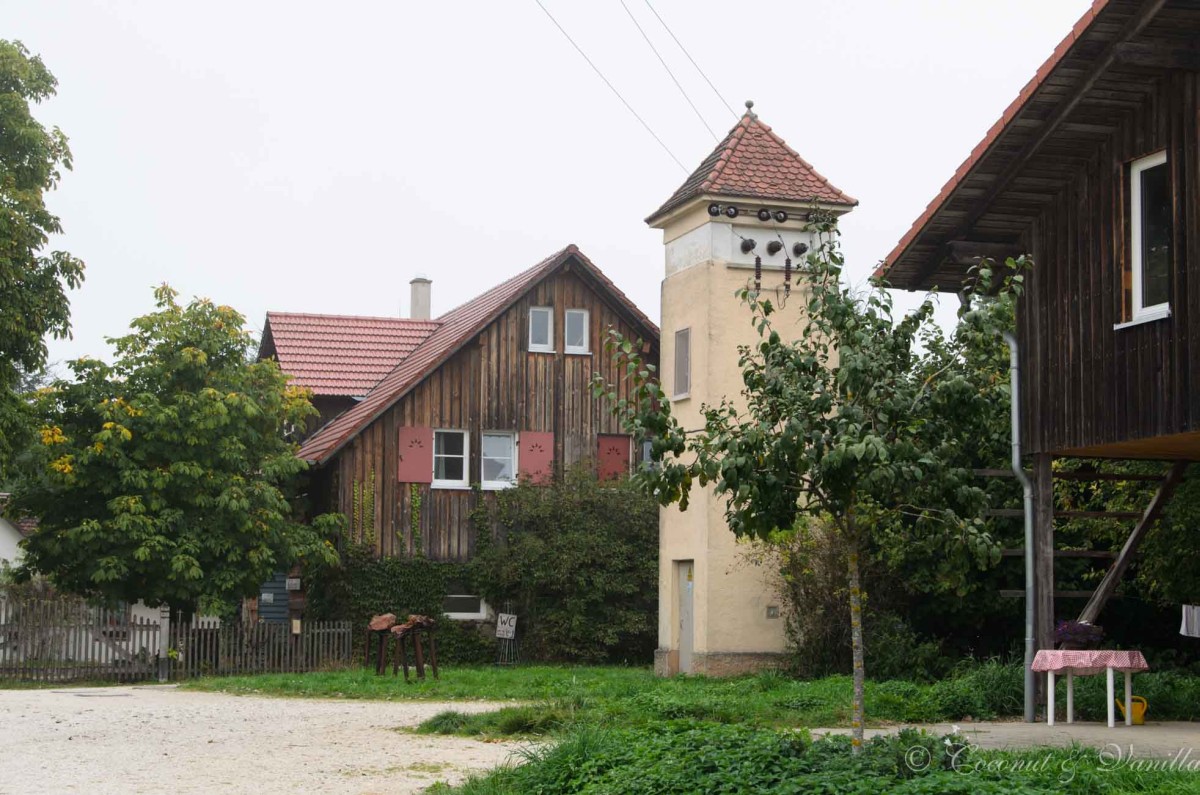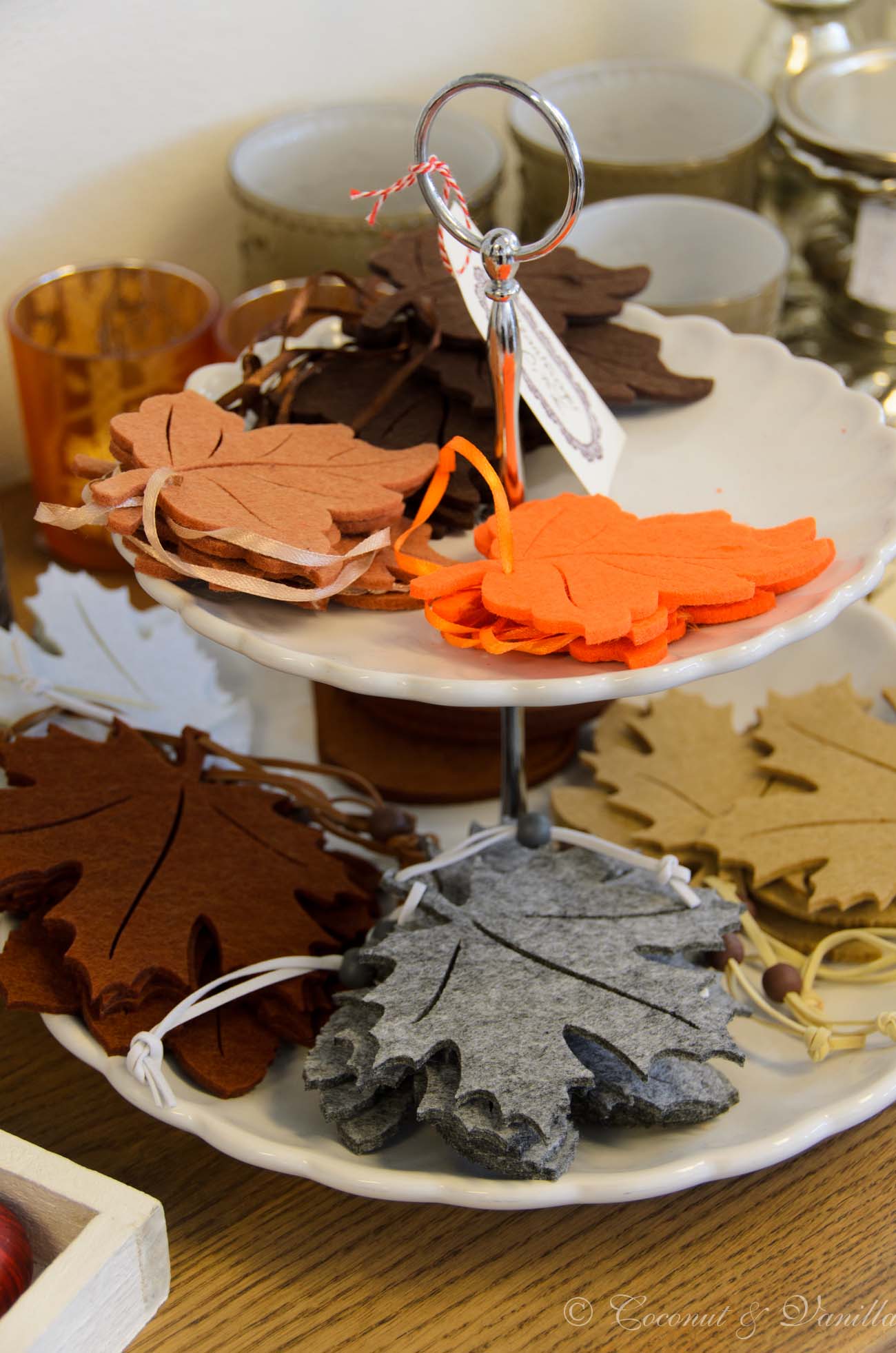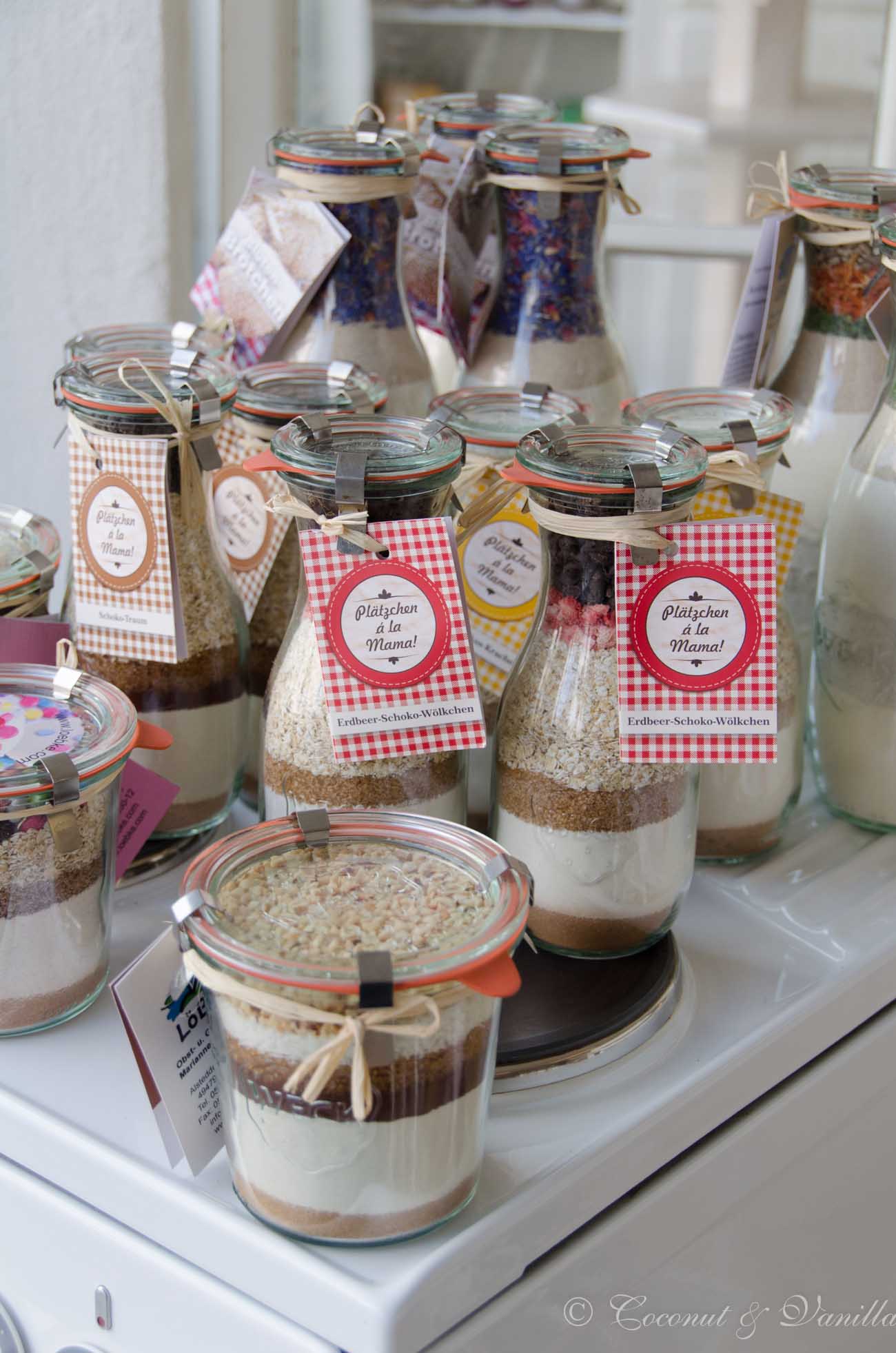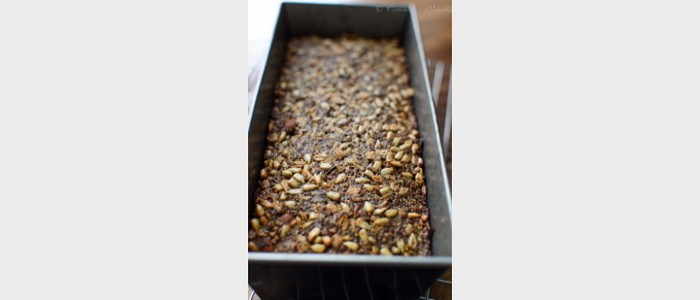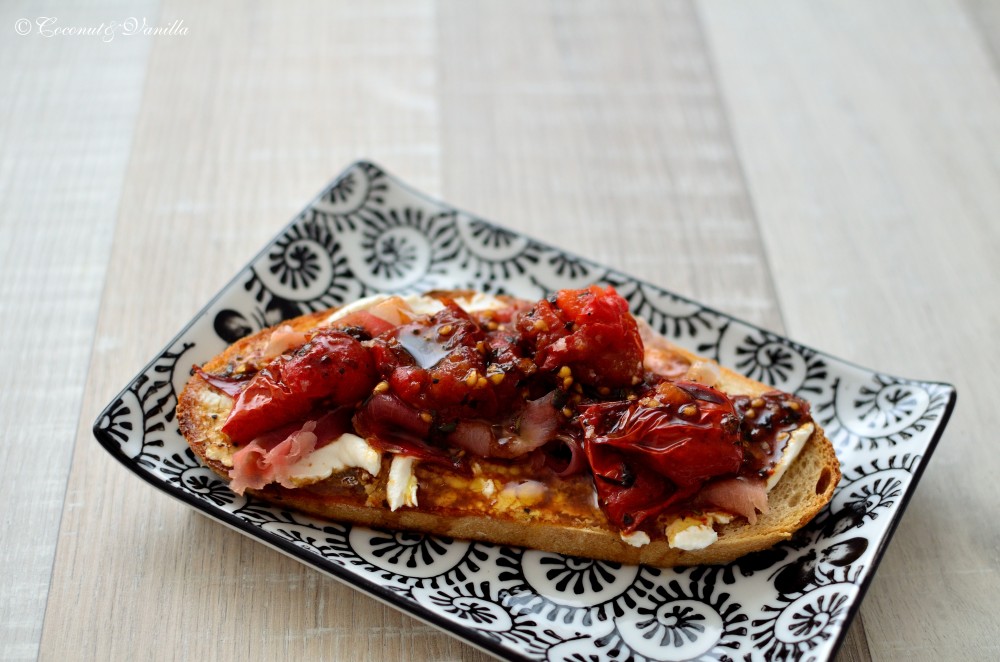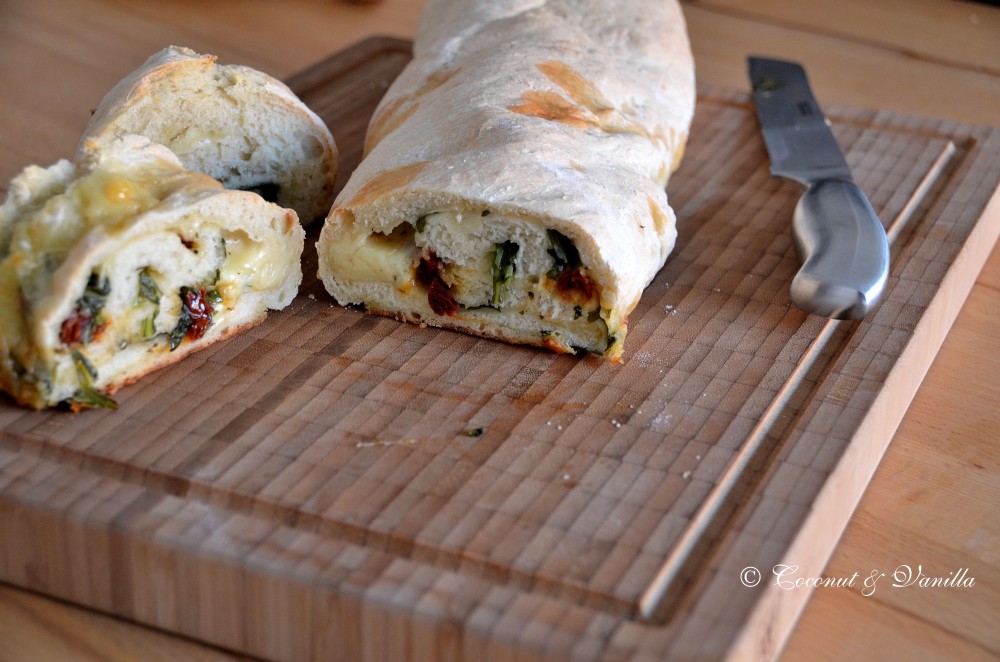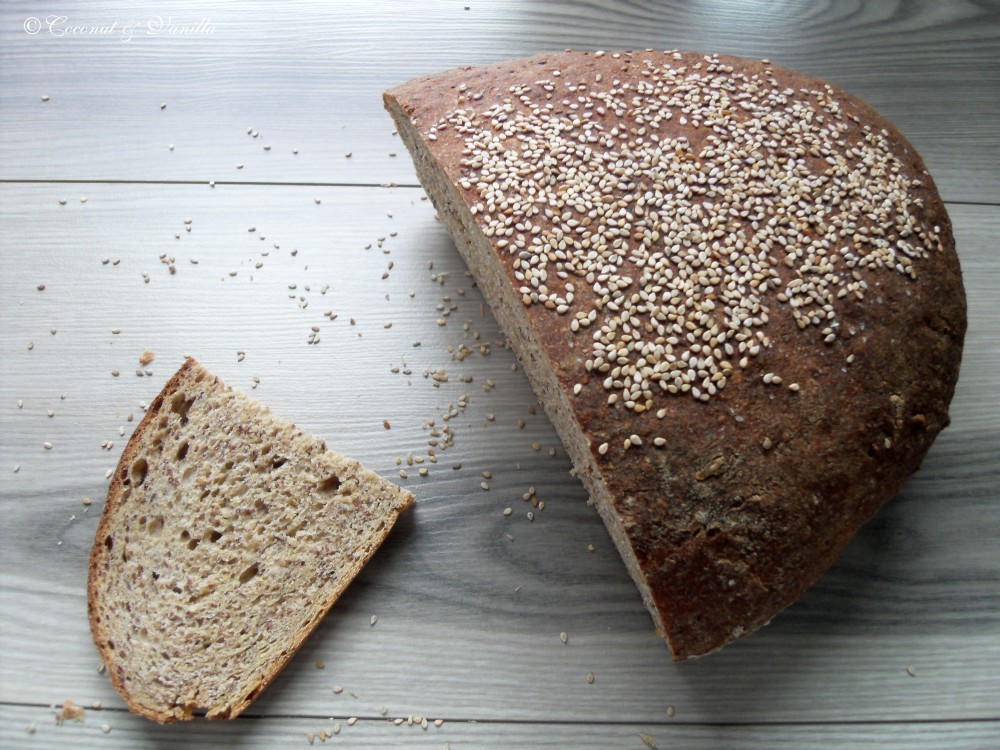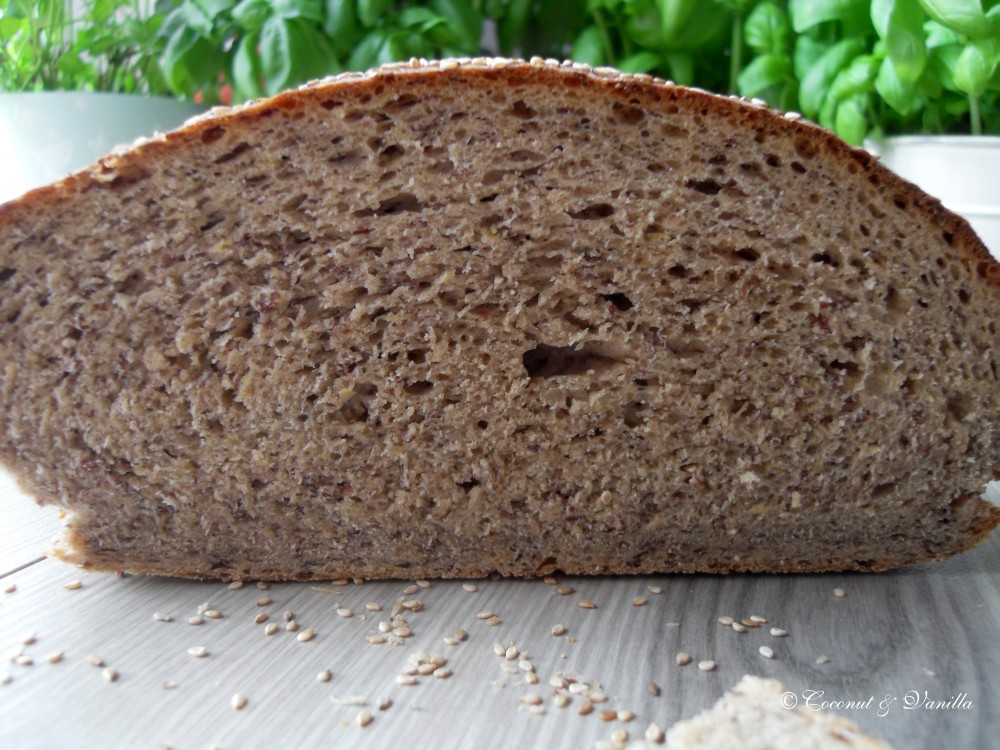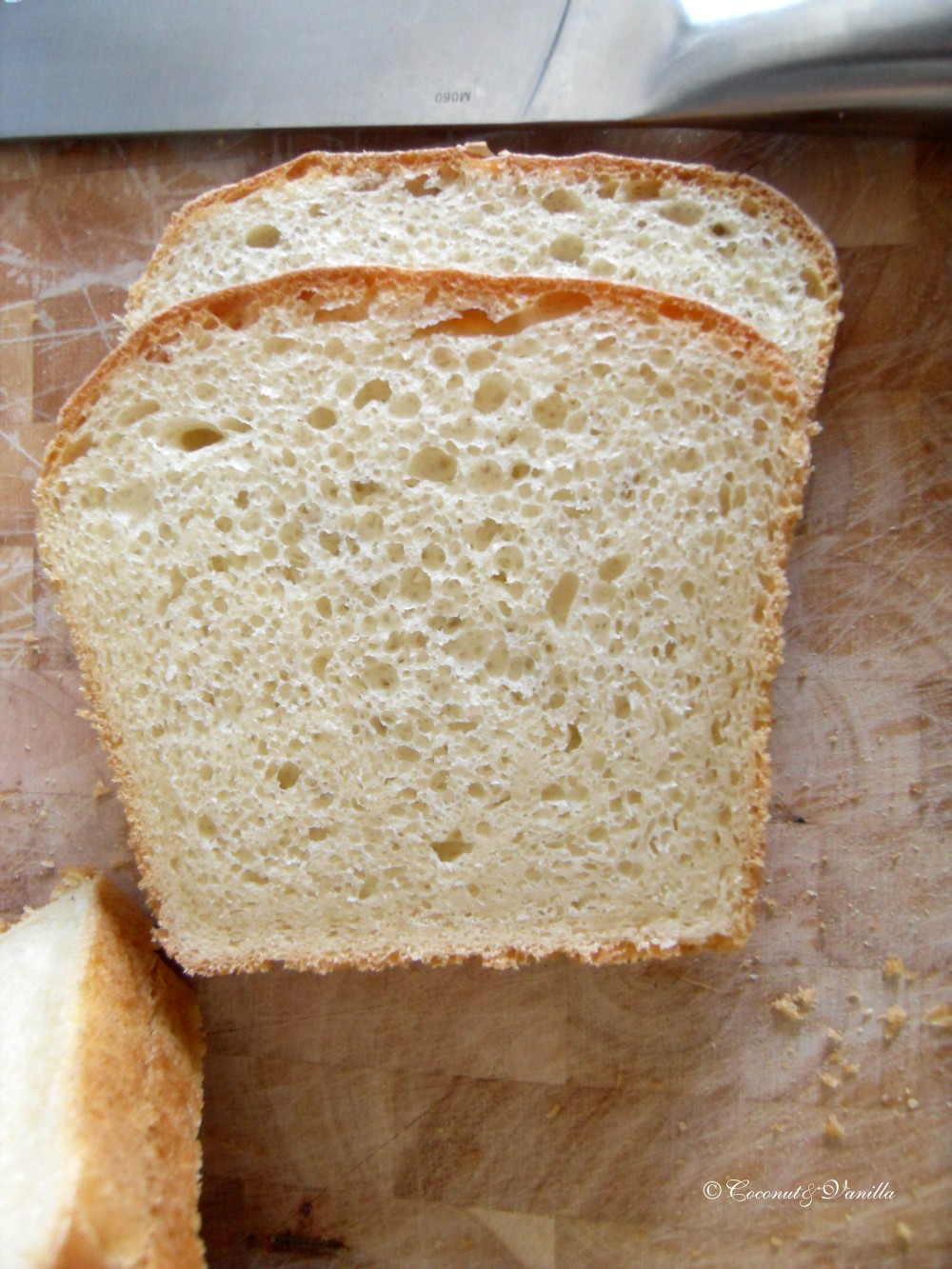[:de]
Für einen guten Bagel könnte man glatt tö… äh… sehr viel Zeit mit Recherche verbringen. Sei es vor Ort in NYC indem man aufopferungsvoll Bagelläden abklappert und sich durch die köstlichsten Bagelvariationen durchisst oder indem man dann zu Hause Bagelrezept für Bagelrezept ausprobiert bis man endlich eins gefunden hat das reproduzierbar sehr gute Bagel ausspuckt die den New Yorker „Originalen“ in nichts nachstehen.
Die Vor-Ort-Recherche war auf jedenfall sehr gut investierte Zeit (natürlich!), vor allem weil ich dabei DIE Entdeckung gemacht habe: Everything Bagel Spice!
Warum hat diese Würzmischung bisher keiner hierher gebracht? Okay, was frage ich auch, es gibt hier schließlich auch keine Bagel. Reden wir nicht von guten Bagel vor Ort, nein man bekommt hier nicht mal mittelmäßige. Bitte jetzt keine Tipps wo ich in BERLIN Bagel bekommen kann! Das hilft mir hier unten auch nicht weiter… grmpfl.
Sollte man aber irgendwo mal einen Bagel bekommen, dann ist er ganz sicher nicht mit Everything Bagel Spice bestreut. Und ich frage mich ernsthaft warum?!
Sofern es kein süßer Bagel mit Schokolade oder Zimt ist, ist jegliches anderes Topping absolut überflüssig geworden, seitdem ich diese Würzmischung getroffen habe. Ich mache nichts anderes mehr da drauf. Es ist auch alles drin was lecker ist: Sesam, Mohn (muss sich schon keiner mehr entscheiden), Zwiebel, Knoblauch und Salz! Zwiebel und Knoblauch machen das ganze so lecker würzig, mjam, mjam, da läuft mir schon wieder das Wasser im Munde zusammen.
Ich empfehle euch also dringendst das Everything Bagel Spice nachzumachen und zu verwenden! Ansonsten werden eure Bagel leider nicht so geil werden. Sorry, not sorry.
Dann benötigt ihr eigentlich nur noch Frischkäse und guten geräucherten Lachs (bitte MSC zertifierten verwenden) und dem ultimativen Bagelgenuss steht nichts mehr im Weg. Mehr braucht es einfach nicht. Oder welcher Belag muss eurer Meinung nach auf einen Bagel?

Vor drei Jahren: Key Lime Pie – Limettenpie
Vor vier Jahren: Butterschmalz selbstgemacht
Vor fünf Jahren: rote Thai-Currypaste
Vor sechs Jahren: Frischkäsebällchen mit Kräutern und Walnüssen
Vor sieben Jahren: Apfel Galette
Vor acht Jahren: Blätterteigtarte mit Wurzelgemüse
Bagel mit Everything Bagel Spice
nach einem Rezept von Peter Reinhart*, angepasst von Plötzblog
ergibt: 8 Bagel
Tipp: Der Teig muss zweimal sehr lange gehen. Wenn ihr morgens frische Bagel haben wollt, solltet ihr mit den Bagel am Tag vorher morgens starten. Startet ihr am frühen Abend so habt ihr abends frische Bagel.
Einfrieren kann man die Bagel übrigens auch wunderbar!
Zutaten:
Vorteig:
- 100 g Weizenmehl Type 550
- 160 g Wasser
- 1 g Bio Frischhefe
Hauptteig:
- Vorteig
- 520 g Weizenmehl Type 550
- 160 g Wasser
- 6 g Bio Frischhefe
- 40 g Honig
- 16 Salz
Zum Bestreuen:
- 1 Eigelb
- Everything Bagel Spice (siehe Rezept unten)
- oder Mohn, Sesam, Sonnenblumenkerne, Kürbiskerne, etc.
Die Vorteigzutaten verrühren und 3 Stunden bei Raumtemperatur stehen lassen. Dann für weitere 12 Stunden in den Kühlschrank stellen.
Für den Hauptteig die Hefe und das Wasser mischen und 3 Minuten stehen lassen. Die restlichen Zutaten dazugeben und 10-15 Minuten auf zweiter Stufe mit der Küchenmaschine verkneten.
Den Teig zu 8 Stücken je 125 g abwiegen und rund wirken. 5 Minuten entspannen lassen, flachdrücken und mit dem Finger ein Loch in die Mitte bohren. Das Loch vergrößern in dem man den Teigling um den Finger kreiselt bzw. sanft zieht (ich bevorzuge das auseinanderziehen, denn durch das Kreiseln werden mir die Bagel zu labberig). Die Bagel sind dann etwa 10 cm im Durchmesser. Der Ring in der Mitte darf ruhig etwas größer sein, da der Teig noch aufgeht.
Die Bagel auf Backbleche mit Backpapier legen (je 4 Stück pro Blech) und 1,5 Stunden bei Zimmertemperatur gehen lassen. Dann 10 Stunden in den Kühlschrank stellen (ich stelle die Bleche immer raus, wenn es kalt genug ist (<10° C).
In einem großen Topf Wasser zum Sieden bringen (es soll nicht sprudelnd kochen!) und die Bagel 1 Minute von jeder Seite darin ziehen lassen. Ich gebe 2-3 Bagel pro Durchgang in den Topf. Die Bagel gut abtropfen lassen und wieder auf das Blech legen.
Die Bagel mit dem Eigelb bestreichen und dann mit der Oberfläche in das gewünschte Topping tauchen.
Beide Bleche können gleichzeitig bei 200° C Heißluft gebacken werden bis sie leicht goldgelb sind, dabei am besten einmal die Bleche wenden um eine gleichmäßige Farbe zu bekommen. Das dauert etwa 25 Minuten. Der Ofen muss nicht vorgeheizt werden, außer ihr besitzt ein mittelalterliches Modell, das ewig zum Heizen benötigt.
Auf Gittern abkühlen lassen und frisch genießen, am besten mit Frischkäse und geräuchertem Lachs!
Die Bagel lassen sich auch super einfrieren! Am besten auf dem Blech und dann später in einen Gefrierbeutel umsortieren. Zum Auftauen entweder auf die warme Heizung legen oder bei 60° C im Ofen aufbacken.
Everything Bagel Spice
Zutaten:
- 1 EL Mohn
- 1 EL heller Sesam
- 1 EL gefriergetrockneter Knoblauch
- 1 EL gefriergetrocknete Zwiebeln
- 1/2 TL feines Fleur de Sel
Die Zutaten vermengen und fertig!
*Wenn ihr über diesen Link etwas bei Amazon kauft verdiene ich dabei wieder eine kleine Provision, die ich in den Erhalt des Blogs stecke. Ihr zahlt dabei keinen Cent mehr.
[:]

![[:de]Bagel mit Everything Bagel Spice[:]](https://coconutandvanilla.com/wp-content/uploads/2018/02/bagel_banner.jpg)
![[:de]Harissa-Möhren mit Ziegenkäse, pochiertem Ei und Salat auf Buttertoast[:en]Harrisa Carrots with goats cheese, poached egg and lettuce on buttered toast[:]](https://coconutandvanilla.com/wp-content/uploads/2016/05/harissa-carrots-banner.jpg)

![[:de]Rustikale Brötchen[:en]Rustic Rolls[:]](https://coconutandvanilla.com/wp-content/uploads/2015/06/rustikale-Broetchen-banner.jpg)




